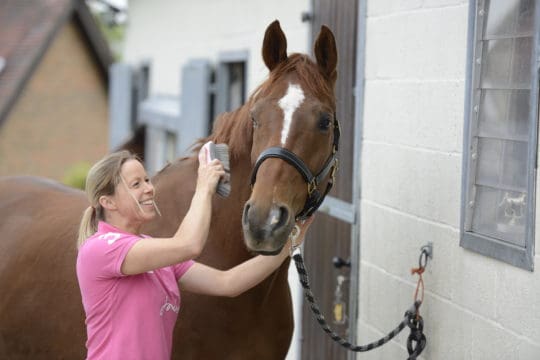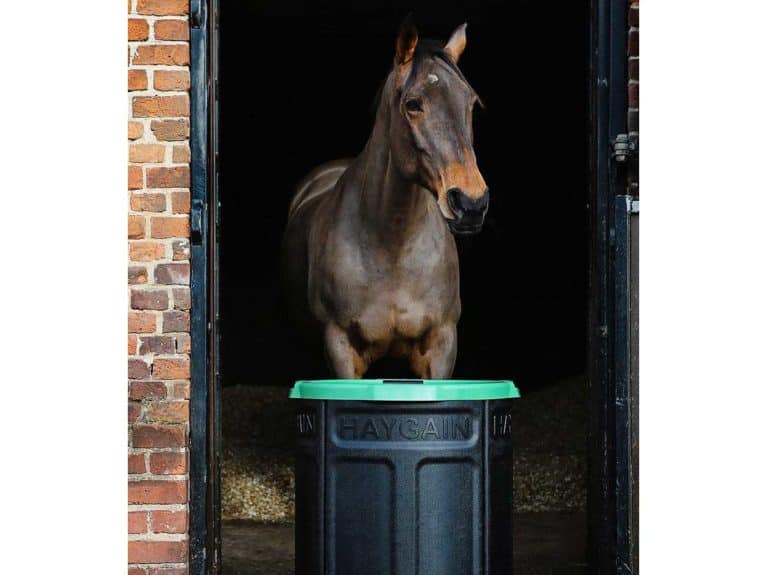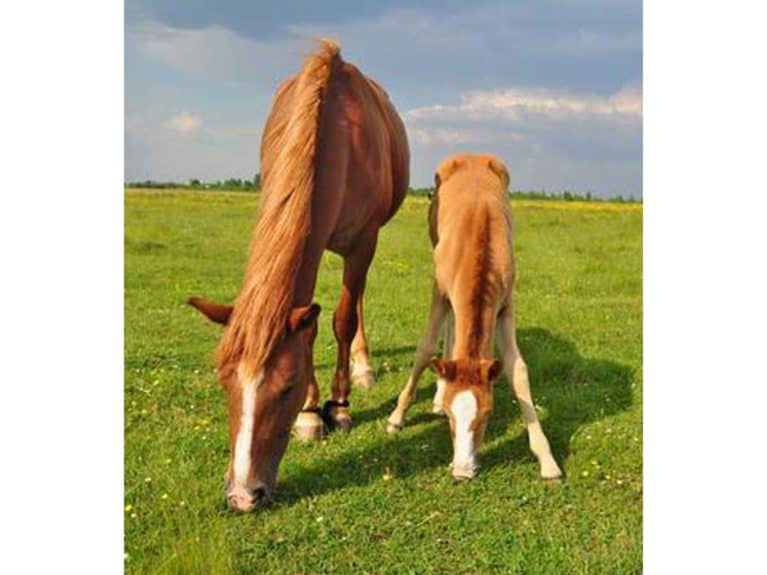
Most Read Articles
As we excitedly prepare to welcome in a new season after one of the toughest winters for years, the longer days, increased turnout with less mud and reduced need for warm layers can fill us with joy. Spring is one of the happiest times in the equine calendar, but before we get carried away with all of the positives, there’s one thing to keep at the forefront of your mind – spring grass.
Nonstructural carbohydrates and their link to laminitis
Spring grass is high in nonstructural carbohydrates (NSCs). These fall into three categories…
- sugars (glucose, fructose, sucrose)
- starches
- fructans
When your horse consumes starch and sugars, his digestive tract converts them to simple sugars such as glucose. These are then absorbed into his bloodstream, causing his body to insulin, the hormone responsible for the movement of glucose into the muscle and fat tissues. Fluctuations in blood glucose levels contribute to insulin resistance, which results in equine metabolic syndrome (EMS) and laminitis.
Fructans alone can be detrimental to your horse’s health, as they can’t be digested in his hindgut. These undigested fructans can cause an increase in acid production and a drop in the pH of his digestive system, resulting in an increase in blood insulin and, therefore, laminitis.
Colic
Another area of concern with spring grass is colic. Horses tend to gorge themselves when turned out on fresh grass. Their hindgut is unable to fully digest the sudden quantity of grass and the result is that the NSCs are then absorbed into the large intestine, upsetting the fermentation process.
Managing intake
With spring grass, prevention really is better than cure. Research suggests that limiting your horse’s intake of fresh grass is essential. Try turning him out for short periods of time and be sure to strip-graze your fields. A number of short turnout spells during the day is better than one longer session.
The Forager from Haygain
When your horse is stabled, which it may be quite often to limit spring grass intake, ensuring he has plenty of good-quality forage is vital. You should avoid leaving him for long periods without forage in the stable because when he’s turned out, he’ll be even more likely to gorge himself to compensate.
The Forager slow-feeder from Haygain has been designed to mimic your horse’s natural grazing habits. It allows a constant, yet steady stream of forage to be consumed – the best method for the equine. As it imitates his natural grazing behavior, it provides a constant forage buffer mat, which prevents stomach acid splashing and causing gastric ulcers.
The Forager from Haygain is just £249 and comes with free delivery, one-year warranty and a 30 days return policy. Alternatively, you can spread your payment over 6 months
For more information, please visit haygain.co.uk
















